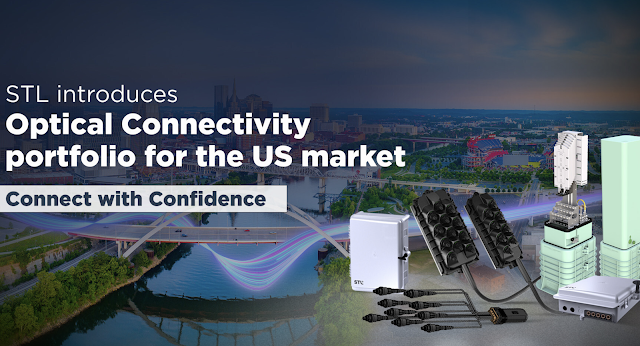Nashville, TN - Gary Bolt, President of the Fiber Broadband Association (FBA), kicked off the Fiber Connect 2024 conference with a speech that underscored the significant progress and future potential of fiber broadband in the United States. Held in Nashville, this year's conference attracted a record 5,000 attendees, marking an annual growth of approximately 1,000 attendees over the past four years. Bolt emphasized the conference's goal to elevate the event to the world's premier fiber broadband gathering, reflecting on recent successes and setting ambitious targets for the future.
Bolt shared his recent experience hiking the Inca Trail to Machu Picchu, using the ancient city as a metaphor for the engineering marvels and legacy that today's fiber broadband initiatives aim to create. He highlighted the incredible engineering achievements of the Incas, drawing parallels to the ambitious goal of connecting every American with fiber broadband by the end of the decade. This vision, he argued, is within reach, given the advancements and opportunities presented since the signing of the bipartisan infrastructure bill by President Biden in November 2021.
The speech detailed the Fiber Broadband Association's (FBA) efforts to address workforce development, an essential component of the fiber broadband expansion. Bolt announced the success of the FBA's fiber optic technician training program, which has grown from an initial cohort of eight students in 2022 to nearly 485 graduates today, with a goal of 1,085 graduates by the end of the year. The program, which has a significant focus on veterans, aims to train 75,000 fiber optic technicians nationwide, addressing a critical industry need.
Bolt also discussed the challenges and solutions related to fiber deployment, including permitting, cost benchmarking, and supply chain issues. The FBA's initiatives, such as the permitting summit held in collaboration with Brightsky and the annual fiber deployment cost study conducted with Cartesian, are pivotal in streamlining processes and reducing costs. Additionally, Bolt highlighted the importance of securing the nation's broadband infrastructure and the association's efforts to promote fiber as critical infrastructure through advocacy, education, and collaboration with government entities.
Key Points:
Record Attendance: Fiber Connect 2024 saw a record 5,000 attendees, reflecting significant growth and interest in fiber broadband.
Workforce Development: The FBA's fiber optic technician training program has expanded rapidly, with a goal of 75,000 trained technicians to support the fiber broadband rollout.
Deployment Challenges: The FBA is addressing permitting, cost benchmarking, and supply chain issues to streamline fiber deployment and reduce costs.
Critical Infrastructure: The FBA emphasizes fiber as essential infrastructure and works with government entities to secure and promote broadband development.















